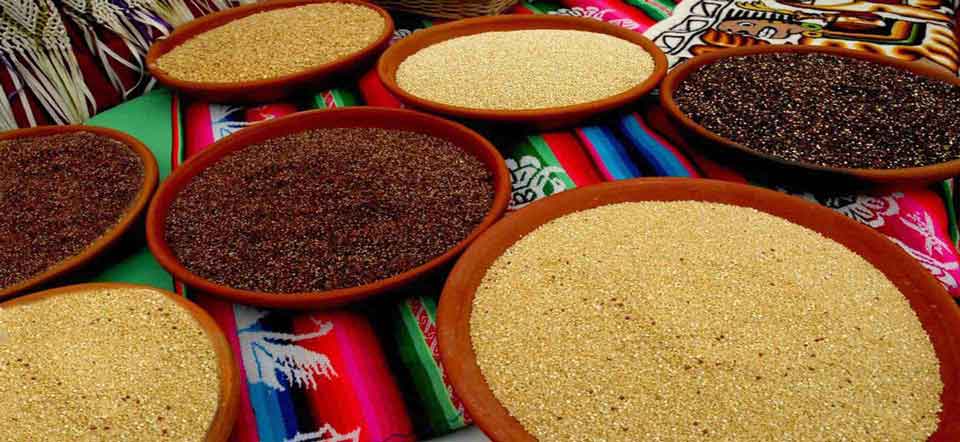In the heart of the Andes Mountains, an extraordinary group of grains has been nourishing people for thousands of years. These Andean grains, grown at high altitudes in South America, are making a remarkable resurgence on the global culinary stage. Praised for their exceptional nutrition, adaptability, and sustainability, these grains are transforming the way we think about food. In this article, we explore the fascinating world of Andean grains and their contributions to modern health and nutrition.
The Andean Grain Pantheon
The Andean region is home to a remarkable array of grains, each with its unique qualities and rich cultural significance. Some of the most well-known Andean grains include:
- Quinoa: Often called the “Mother of All Grains,” quinoa is a complete protein source with all nine essential amino acids. Its versatility in cooking has made it a global favorite in salads, soups, and entrees.
- Amaranth: Known for its high protein content, amaranth is gluten-free and packs a range of essential nutrients. It’s a staple in traditional Andean dishes and a popular choice for health-conscious consumers.
- Kañiwa: A close relative of quinoa, kañiwa is a smaller, nutrient-dense grain. It is rich in protein, fiber, and vitamins, making it a valuable addition to the Andean grain family.
- Maca: While not a grain in the traditional sense, maca is a root vegetable that is dried and ground into a powder. It is highly regarded for its potential health benefits, including improved stamina, energy, and hormone balance.
- Pisqa: Also known as “Peruvian teff,” pisqa is a gluten-free grain that resembles teff from East Africa. It is packed with protein and essential amino acids.
Nutritional Powerhouses
Andean grains are celebrated for their exceptional nutritional profiles. They are rich in protein, essential amino acids, dietary fiber, vitamins (such as B vitamins and vitamin E), and minerals (including magnesium, iron, and phosphorus). These grains offer a wide range of health benefits, including:
- Heart Health: The fiber and antioxidants in Andean grains can help reduce the risk of heart disease by lowering cholesterol levels and supporting overall cardiovascular health.
- Digestive Health: The high fiber content of these grains promotes healthy digestion and can aid in weight management.
- Blood Sugar Control: Andean grains have a low glycemic index, which means they release energy slowly, helping to stabilize blood sugar levels.
- Sustained Energy: The complex carbohydrates in these grains provide a steady source of energy, making them an excellent choice for athletes and active individuals.
- Bone Health: Andean grains are rich in calcium, magnesium, and phosphorus, which are essential for maintaining strong and healthy bones.
- Antioxidant Protection: The antioxidants in these grains can help protect the body against oxidative stress and reduce the risk of chronic diseases.
Sustainability and Adaptability
Andean grains have been cultivated for generations in challenging mountainous regions. They are well-suited to high-altitude, harsh growing conditions and require minimal water and care. This resilience, along with their adaptability to different climates and environments, makes Andean grains a sustainable choice for agriculture.
As the global demand for nutritious and sustainable foods continues to grow, Andean grains have earned their place on the world’s tables. Their ancient history, nutritional excellence, and adaptability to modern diets have positioned them as superfoods for the future. By incorporating Andean grains into your diet, you not only benefit from their remarkable nutrition but also help preserve the rich agricultural heritage of the Andes.

